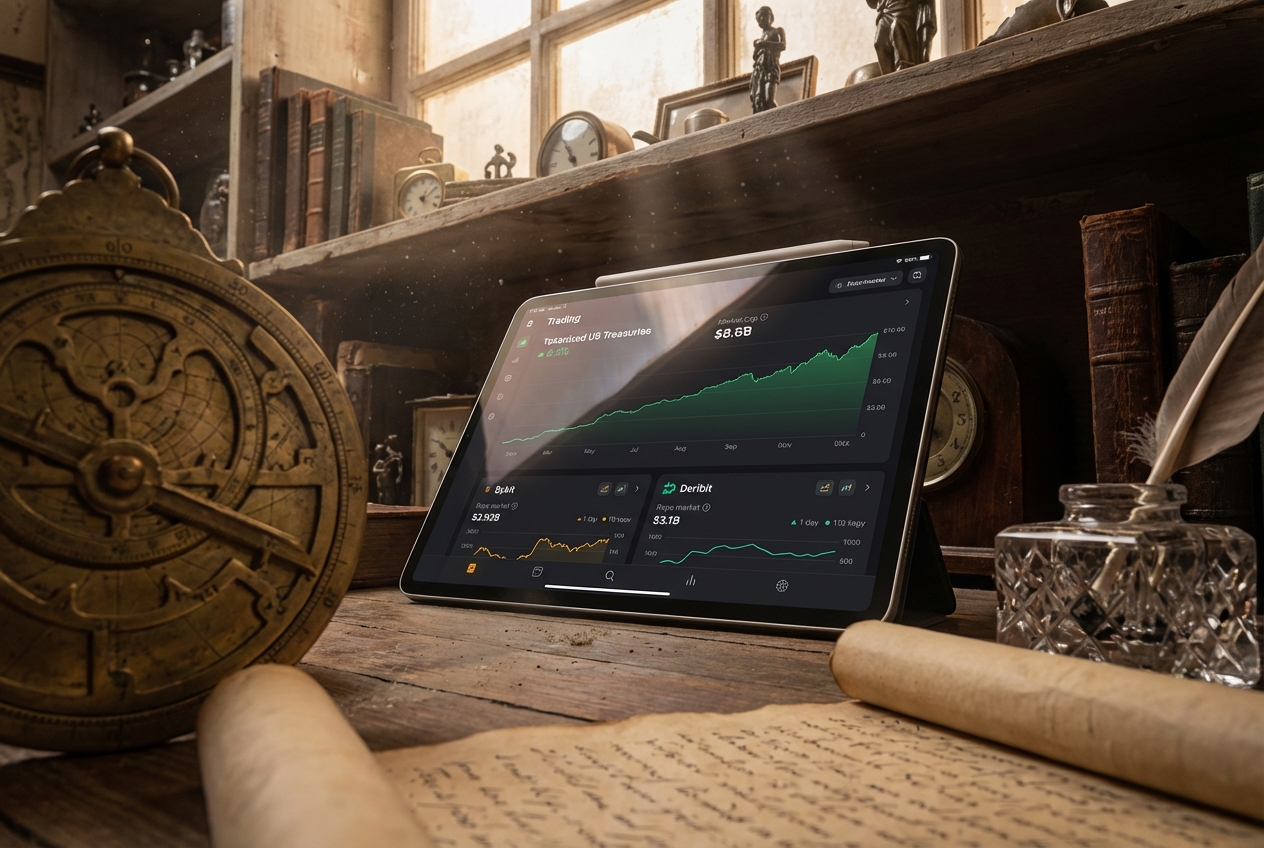How Bondcoin Could Revolutionize Retail Access to Tokenized U.S. Treasury Bonds
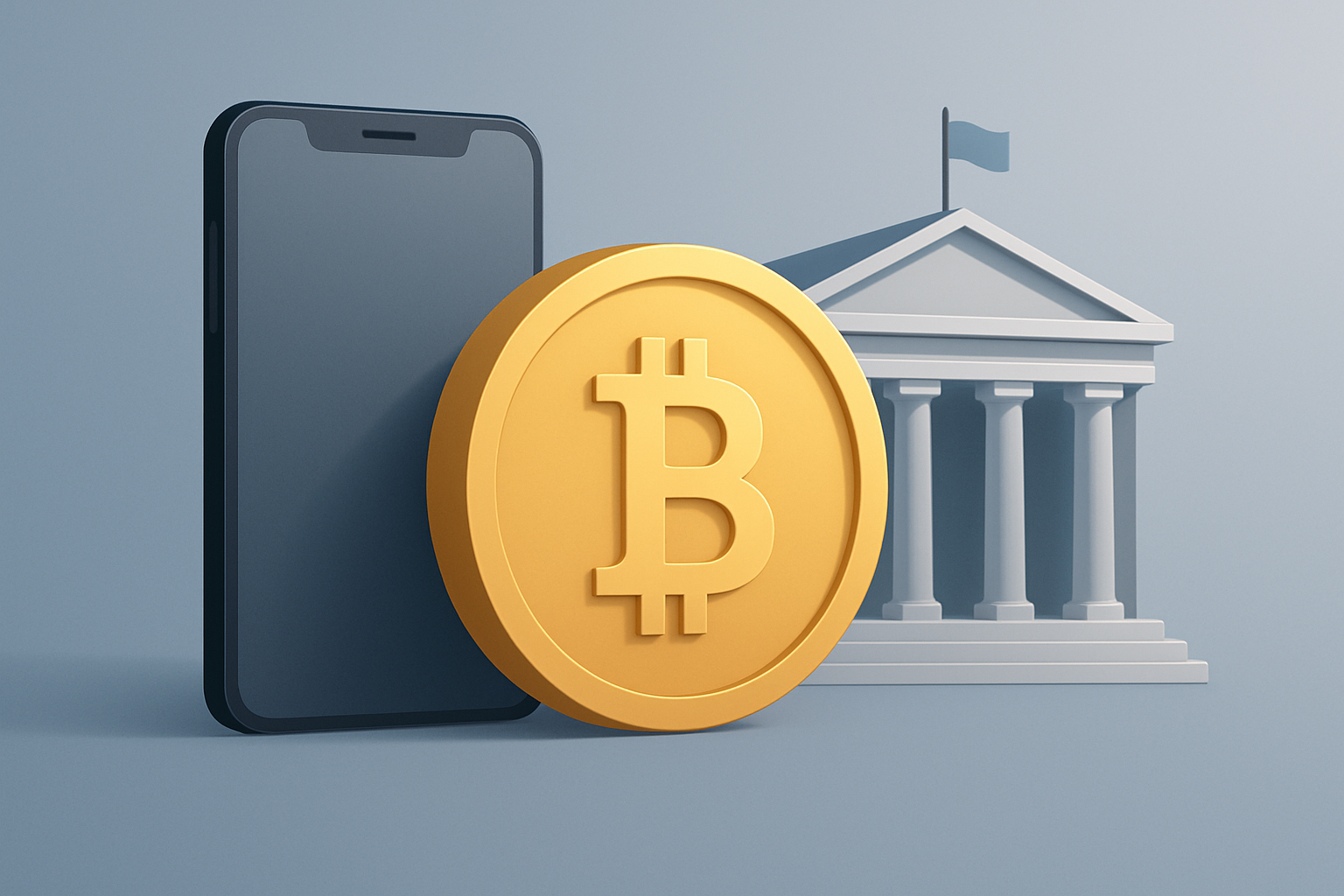
For decades, U. S. Treasury bonds have been the gold standard for safety and yield in global finance, yet access has remained largely restricted to institutional investors or those with sizable brokerage accounts. The rapid emergence of blockchain-based tokenization is changing that paradigm. With the rise of platforms like Bondcoin, retail investors are gaining unprecedented access to tokenized U. S. Treasury bonds, fractional digital representations of government debt that can be bought, sold, and held on-chain with ease.
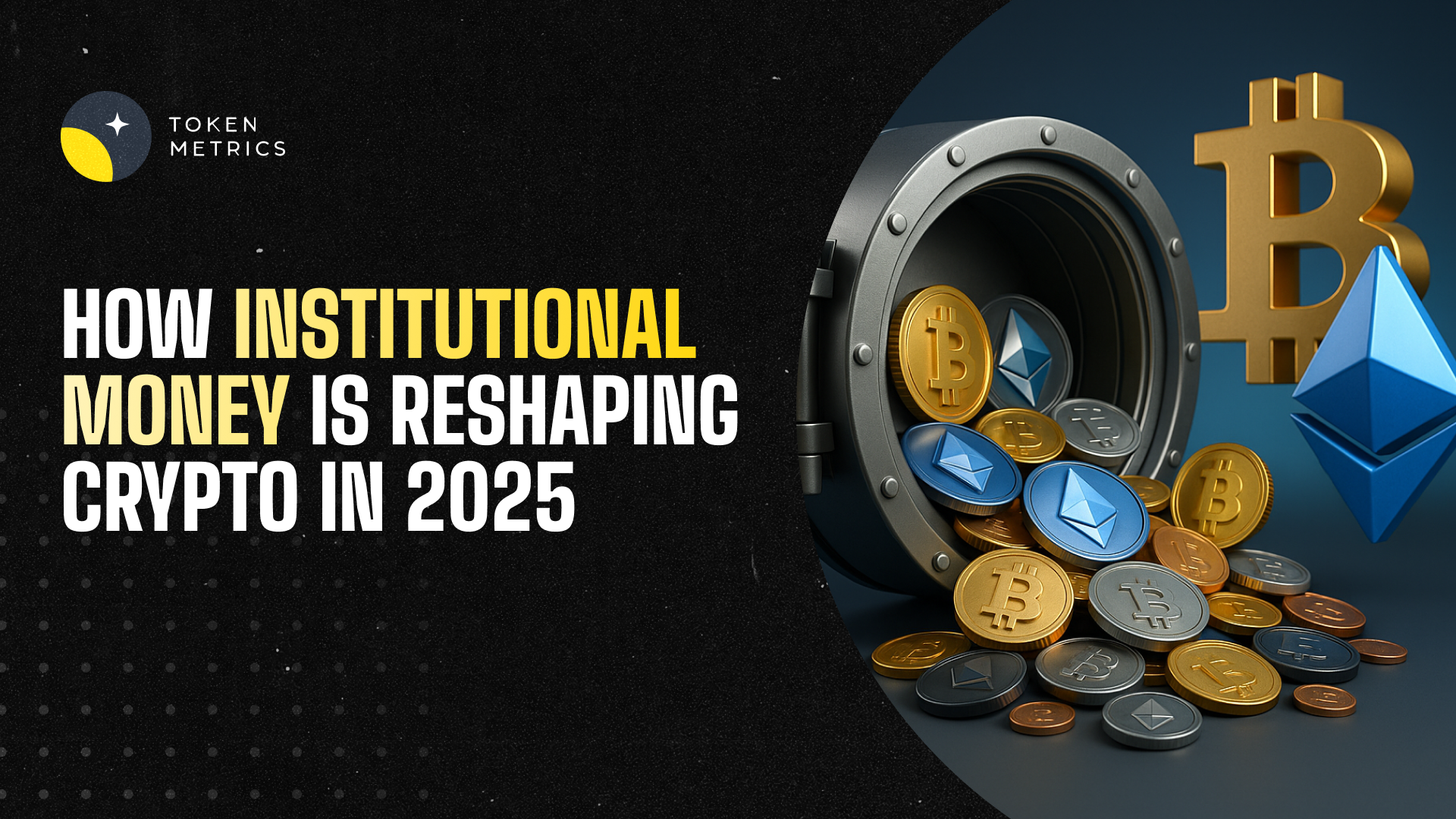
Tokenized U. S. Treasury Bonds Surpass $3 Billion: A Market at an Inflection Point
As of September 28,2025, the total value of tokenized U. S. Treasury bonds has surged past $3 billion, marking a significant milestone in the integration of traditional finance with blockchain technology (source). This expansion reflects not just institutional adoption but also growing retail participation, thanks to new platforms making these assets available in bite-sized digital units.
Major players like BlackRock’s USD Institutional Digital Liquidity Fund (BUIDL) and Franklin Templeton’s OnChain U. S. Government Money Fund (BENJI) have each amassed market capitalizations exceeding $400 million, demonstrating both confidence and demand for on-chain treasuries among sophisticated investors. But the real revolution is happening at the grassroots level, where Bondcoin and similar projects are lowering barriers for everyday savers.
How Bondcoin Redefines Retail Treasury Access
Bondcoin is designed to make investing in U. S. government debt as simple as buying a digital token on your phone. By leveraging blockchain infrastructure, it enables fractional ownership, users can purchase as little as a few dollars’ worth of t-bill tokens or bond tokens, sidestepping minimum investment thresholds that have historically excluded small-scale investors.
This shift is particularly impactful for non-U. S. residents and younger generations seeking safe yield without navigating legacy banking rails or high-fee intermediaries (source). Through programmatic treasuries and on-chain yield mechanisms, Bondcoin offers an accessible alternative to both traditional savings accounts and volatile crypto assets.
Key Advantages of Using Bondcoin for Retail Treasury Access
-

Fractional Ownership of U.S. Treasuries: Bondcoin enables retail investors to purchase small, digital units of tokenized U.S. Treasury bonds, making government securities accessible to a wider audience than traditional minimum investment requirements allow.
-
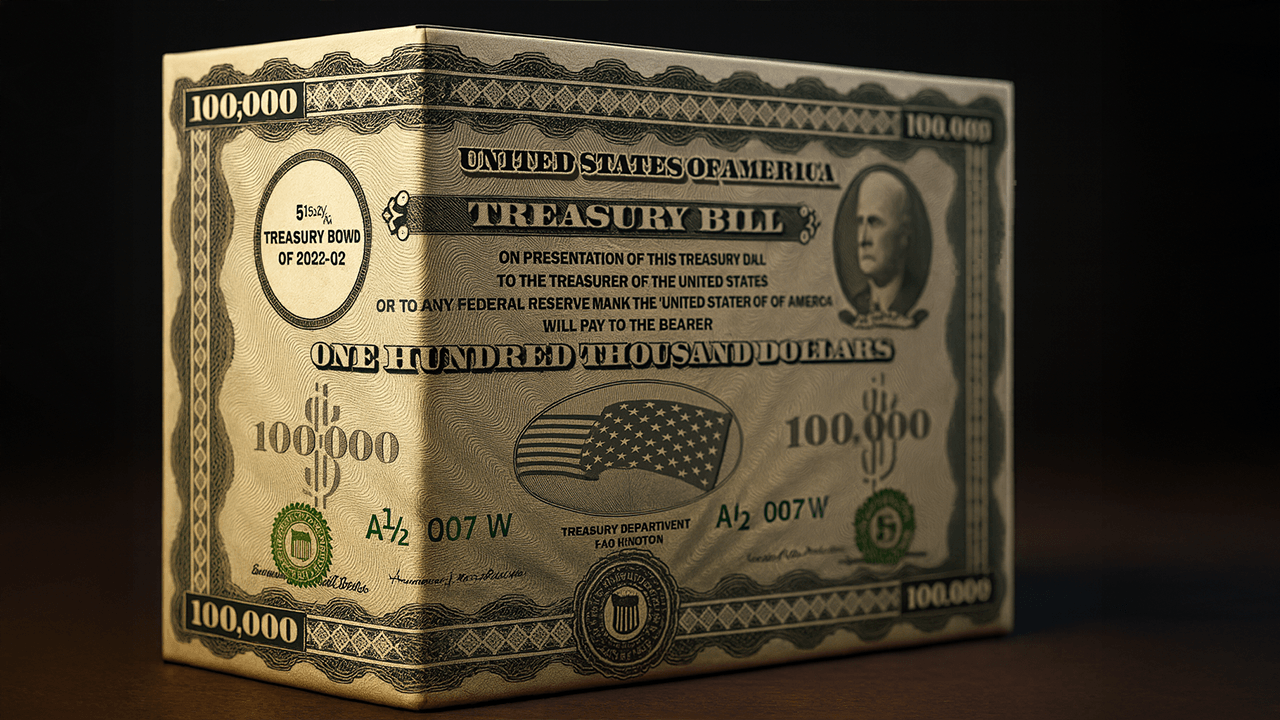
24/7 Liquidity and Trading: By leveraging blockchain technology, Bondcoin allows users to trade tokenized Treasuries around the clock, providing greater flexibility compared to traditional bond markets with limited trading hours.
-
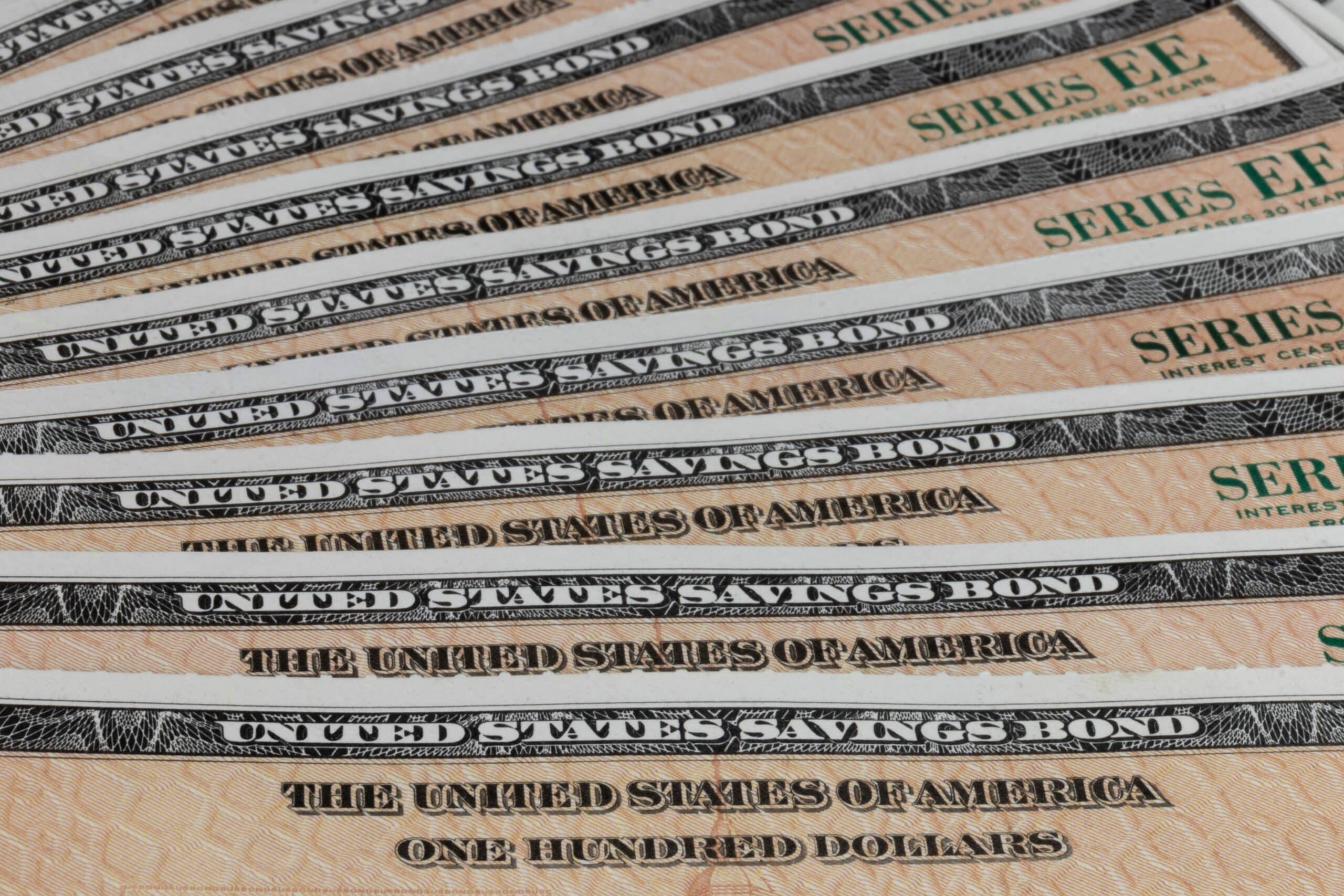
Global Accessibility: Retail investors worldwide can access U.S. Treasury yields through Bondcoin, regardless of geographic location or local banking infrastructure, expanding participation beyond U.S. borders.
-
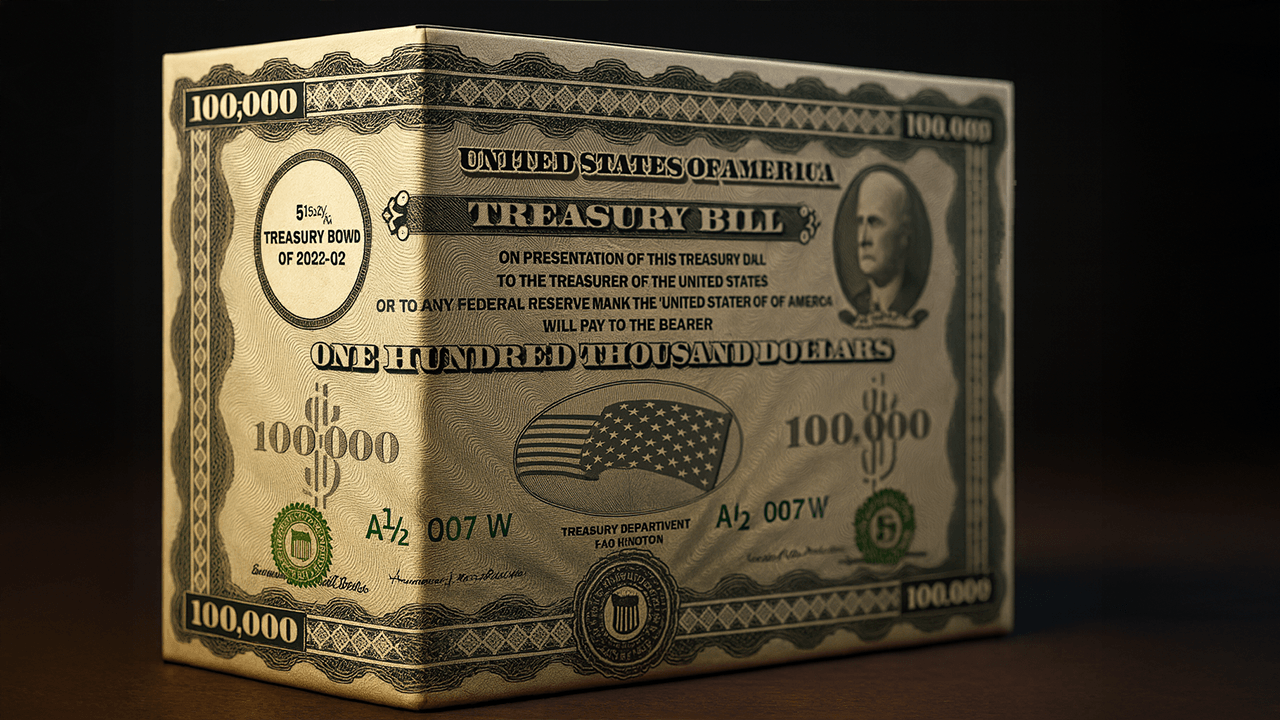
Lower Transaction Fees: Blockchain-based settlement with Bondcoin can reduce transaction and custody costs compared to traditional financial intermediaries, making Treasury investments more cost-effective for individuals.
-
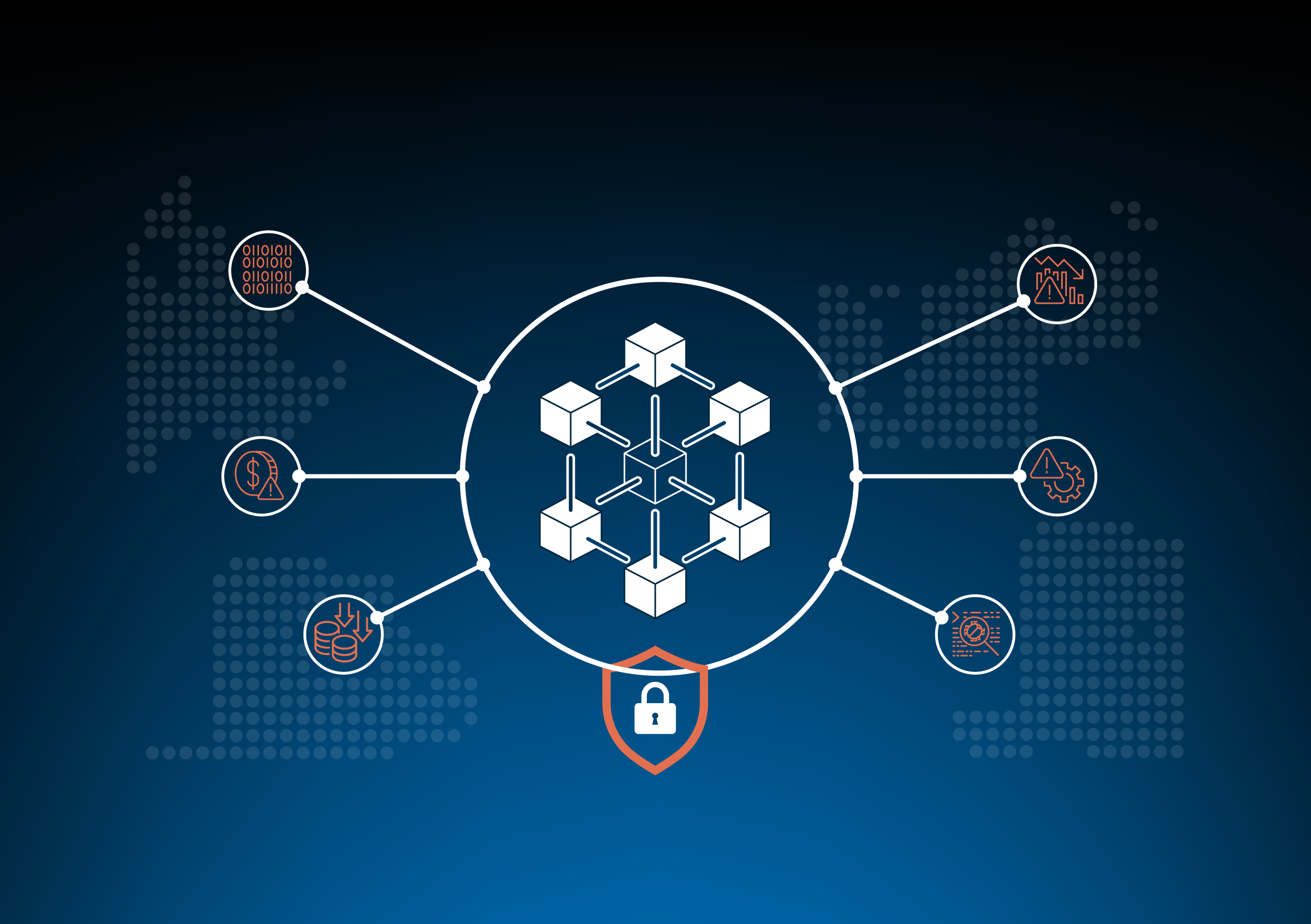
Enhanced Transparency and Security: Bondcoin utilizes public blockchain ledgers and smart contracts, offering investors greater transparency into holdings and transactions, as well as robust security features.
-
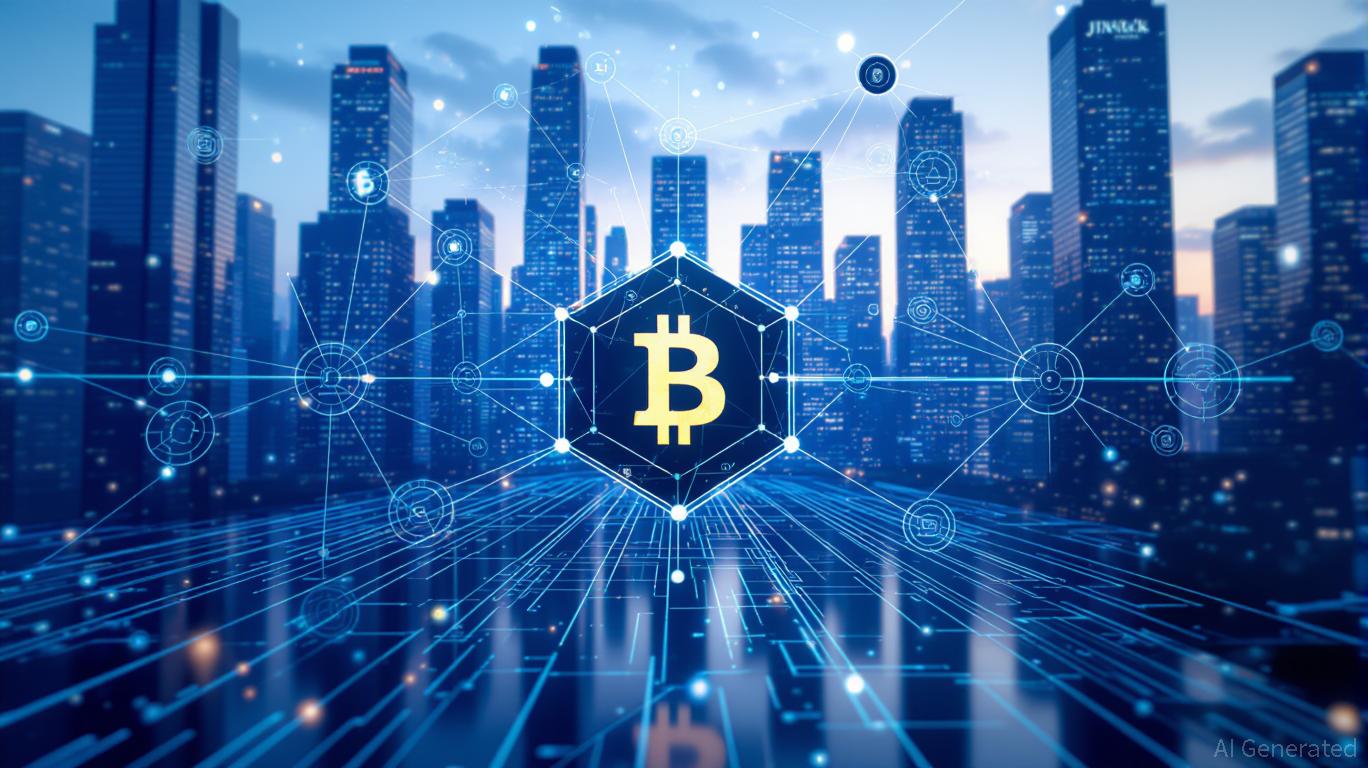
Integration with DeFi Platforms: Bondcoin can be used as collateral or yield-bearing assets within decentralized finance (DeFi) applications, enabling new strategies for portfolio diversification and stable returns.
The Mechanics: From T-Bill Tokens to Global Liquidity Pools
What sets Bondcoin apart isn’t just its user interface, it’s the underlying infrastructure enabling seamless issuance, trading, and settlement of digital government bonds worldwide. Each bond token is backed 1: 1 by actual U. S. Treasuries held in regulated custody accounts; smart contracts automate interest distribution and redemption cycles, ensuring transparency and efficiency.
This architecture unlocks several macro-level benefits:
- 24/7 liquidity: Investors can trade their holdings at any time without waiting for market hours or clearing delays.
- Lower transaction costs: Blockchain rails minimize fees relative to traditional brokers or mutual funds.
- Global accessibility: Anyone with an internet connection can participate, no need for a U. S. -based bank account or residency status.
The result is a democratization of fixed income markets that was previously unimaginable, a shift driven not only by technology but by demand for safer yields amid persistent macro uncertainty.
As the market matures, Bondcoin’s approach to treasury tokenization is also reshaping how retail investors perceive and interact with government bonds. No longer relegated to static, long-term holdings, these digital government bonds can now be deployed in on-chain liquidity pools, staked for additional rewards, or used as collateral in decentralized finance (DeFi) protocols. This creates a dynamic ecosystem where U. S. Treasuries serve as both a safe haven and a yield-generating asset within the broader blockchain economy.
Macro Implications: Stability Meets Programmability
The intersection of blockchain treasuries and mainstream adoption signals a new era for global capital markets. In an environment characterized by fluctuating interest rates and geopolitical risk, tokenized U. S. Treasury bonds offer programmable stability, combining the trust of sovereign debt with the flexibility of digital assets. Retail investors can now tailor their exposure to interest rate cycles, automate reinvestment strategies, or instantly rebalance between risk-on and risk-off positions.
This programmability is especially relevant as DAOs and fintech startups increasingly use t-bill tokens as foundational collateral or treasury reserves. By anchoring portfolios in tokenized Treasuries, these organizations insulate themselves from crypto market volatility while maintaining on-chain composability.
Challenges Ahead: Regulation and Risk Awareness
Despite rapid growth, market capitalization of tokenized U. S. Treasury bonds has surged past $3 billion: the sector faces important hurdles. Regulatory clarity remains paramount, particularly around investor protections and cross-border compliance. As more retail users enter the space, education around smart contract risks, custody frameworks, and counterparty exposure will be critical to sustainable adoption.
Transparency initiatives are already underway; smart contract audits and real-time asset verification are helping build trust among new users (source). The Federal Reserve has also begun examining the transparency benefits of public blockchain deployments for tokenized assets, a promising development for institutional legitimacy.
Looking Forward: Tokenization’s Long Arc
The story of Bondcoin is ultimately about broadening financial inclusion while preserving the core virtues of U. S. Treasuries, safety, liquidity, and reliability. As tokenized bond markets expand beyond $3 billion, expect continued innovation at both the infrastructure level (with more robust custody solutions) and the user experience layer (with streamlined onboarding for all demographics).
For retail investors historically shut out from direct participation in government debt markets, this is nothing short of transformative. Whether seeking on-chain yield or simply a stable store of value amid global uncertainty, Bondcoin’s model offers a compelling bridge between legacy finance and tomorrow’s programmable money.






